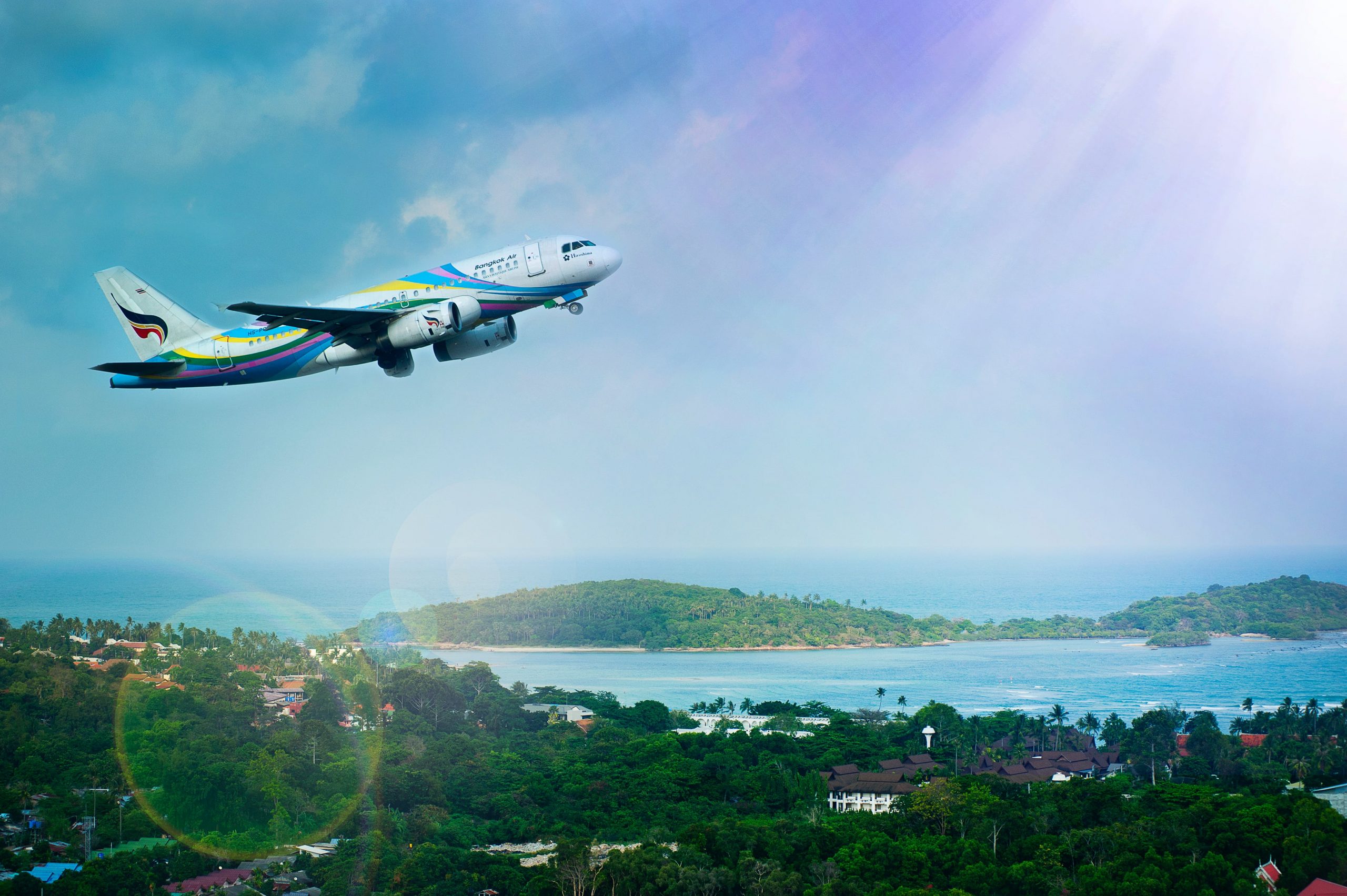
Tourism 2024: navigating between challenges and opportunities
On the horizon of tourism for 2024, perspectives emerge as promising as they are challenging. The demand for sustainable tourism, with a focus on conserving natural environments and local culture, is expected to continue its ascent. Digitalization and the implementation of technologies such as artificial intelligence (AI) are transforming the visitor experience. However, this scenario also poses a crossroads for the sector: balancing the surge in demand with the urgent need to preserve the environment and, crucially, adapt to geopolitical tensions.
Surge in demand and environmental sustainability
According to the second World Tourism Barometer by the World Tourism Organization (UNWTO), international arrivals reached 80% of pre-pandemic levels in the first quarter of 2023. With 235 million tourists undertaking international trips during this period—more than double that of 2022—these figures reveal that, despite past challenges, tourism is regaining its vitality. However, this increased demand also underscores the urgent need to address environmental sustainability. In this context, a crucial question arises: How can the tourism industry meet growing demand without compromising natural resources and the cultural integrity of destinations?
Digitalization, AI, and enhancement of visitor experience
Simultaneously, digitalization and artificial intelligence have become key elements in the evolution of tourism. According to experts in an article by ADP Agency on tourism prospects for 2024, AI stands out as a fundamental pillar for the sector’s development and its progress towards sustainability. Gabriel Subías, CEO of World2meet, Álvaro Carrillo, General Director of ITH, and Juan Torres, Account Technology Strategist at Microsoft, concur that AI will be a key driver for advancing the tourism industry. This integration of emerging technologies not only improves operational efficiency but also enriches the tourist experience. From trip planning to stays at destinations, AI offers personalized and effective solutions, paving the way for a smarter and customer-centric tourism industry.
Statistics and reflections on the present and future of tourism
While a Statista report for 2022 shows an increase in international arrivals, we are still far from pre-pandemic figures. This underscores the importance of a balanced approach: the tourism industry, while essential for job creation and contributing to the global GDP, must effectively address environmental challenges. Projections suggest continued growth in tourism demand, highlighting the need for strategies that balance sector expansion with practices that preserve the natural and cultural wealth of destinations. Adaptability and flexibility thus become essential skills in the tourism of the future.
In conclusion, tourism in 2024 presents a dual scenario: a notable increase in demand and the urgent need to adopt sustainable practices. The sector is called upon to embrace technological innovation, leveraging AI to enhance the traveler’s experience. As we face these challenges and seize opportunities, it is imperative to reflect on the intersection between the tourism sector and the complex global socioeconomic and political landscape. As the world grapples with critical situations such as the Israel-Gaza conflict or the Russia-Ukraine conflict, these crucial events resonate in the volatility of the tourism sector.
Consulted resources:
https://es.statista.com/estadisticas/640133/aportacion-del-sector-turistico-al-pib-mundial/
https://www.hosteltur.com/159898_el-turismo-ante-los-retos-a-los-que-se-enfrenta-en-2024.html
https://www.apd.es/perspectivas-turisticas-para-2024-sostenibilidad-ia/



